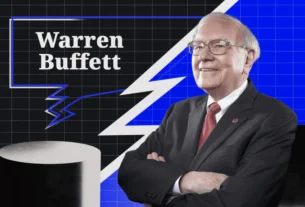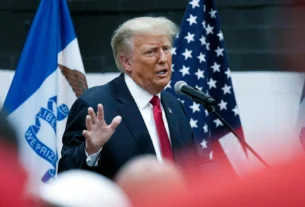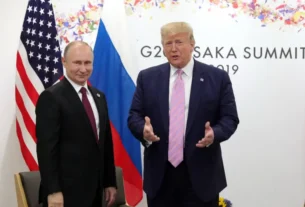According to President Donald Trump and his advisers, this was always the plan: scare the world with extremely high tariffs, get countries to negotiate, and, with the exception of China, remove the most severe trade barriers as the United States negotiates new global trade agreements.
However,
Trump’s administration only has three months to negotiate extremely complex trade agreements with dozens of nations that it claims are lined up to negotiate while he suspends his “reciprocal” tariffs for 90 days, which were never actually reciprocal.
The financial markets do not support it. Stocks have whipsawed as volatility has spiked.
And other markets, including oil, bonds and the dollar, are sending a clear message of deep skepticism that Trump will be able to pull this one off.
Stocks.
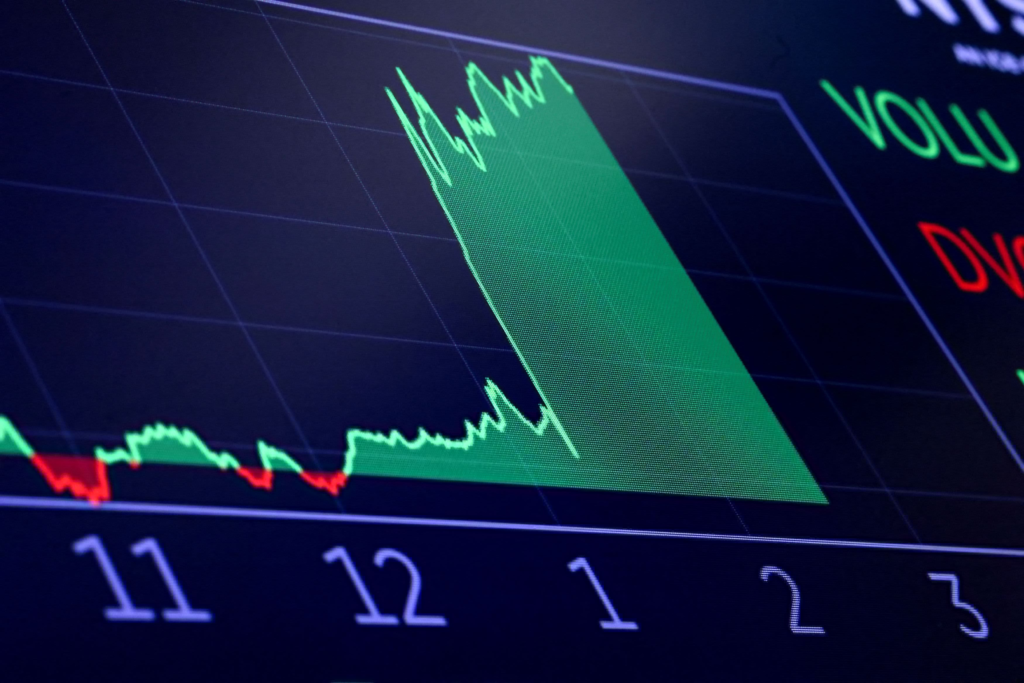
Stocks showed signs of calmness on Friday, at least for the time being, following another sharp sell-off on Thursday.
Stocks tumbled on Thursday as the reality of President Trump’s tariff pivot set in.
Wall Street is seeing right through the Trump 2.0 spin.
The Dow ended the day higher by 619 points, or 1.56%. The Nasdaq gained 2.06%, while the S&P 500 gained 1.81 percent.
Friday’s statement by Boston Federal Reserve President Susan Collins to the Financial Times that the central bank would intervene to support financial markets in the event of distress was a positive development for the market.
However, investors in the stock market have been operating in a volatile environment, and any tariffs-related announcement made by the Trump administration has the potential to either propel stocks higher or lower. For example, stocks plunged Thursday after the Trump administration clarified the math it had already used to set China’s massive 145% tariff.
The street thought the tariff was 125%. At one point, the Dow Jones Industrial Average fell by more than 2,000 points.
In the 129-year history of the Dow Jones Industrial Average, the index has closed higher or lower by at least 1,000 points just 31 times. Four of those times happened in the past week.
The S&P 500 experienced its largest one-week decline since March 2020 during the first week of April, when it lost just over 9 percent. The benchmark index gained 5.7% this week, its biggest one-week gain since 2023.
Stocks are still significantly below where they were trading before the president presented his “Liberation Day” tariff plan on April 2, despite the historic gain on Wednesday following Trump’s announcement of his détente.
Bonds.

The bond market is acting weirdly.
Typically, you’d expect bond prices to rise throughout periods of turmoil. US Treasuries are historically considered to be the safest of safe assets, backed up by the full faith and credit of the US government.
However, bonds are falling, not rising.
This is largely because investors have lost faith in the US’s trade policy and are concerned that the United States might suffer even greater harm than the nations that Trump’s tariff policy is targeting. In his annual letter to shareholders on Monday, Jamie Dimon, CEO of JPMorgan Chase, noted that Trump’s “America First” policy runs the risk of alienating the country’s most important partners and undermining its unique position in the world.
The Treasury Department headquarters is seen in Washington, DC, on Thursday, March 27, 2025. Investors sold off US Treasuries this week, raising questions about how much they still value the safety of US government bonds.
The bond market is behaving strangely. It spooked Trump.
US Treasury yields, which trade in opposite direction to prices, briefly surged on Friday above 4.5%. In the beginning of the week, they were below 4%. That represents a massive move for the market. Higher yields could hurt America’s economy, as a number of consumer loans are closely tied to those rates.
“The upward action in rates has been rapid in historical context and has provided no comfort to investors looking for havens in turbulent markets,” analysts at Citi said in a Friday note.
US Treasuries were on track for their worst week since 2019, according to Bloomberg’s US Treasury total return index, when the New York Federal Reserve had to step in and purchase Treasuries to bring down a spike in yields caused by a liquidity crunch.
Chip Hughey, managing director for fixed income at Truist Advisory Services, stated, “Current market conditions don’t require Fed intervention at this point.” However, Hughey added that “Fed officials are likely monitoring market function closely.” Dimon said Friday on an earnings call that he expects there will be a “kerfuffle” in the Treasury markets that would lead to the Federal Reserve intervening.
Dimon stated, “They won’t do it now… they will do it when they start to panic a little bit.”
Oil.

The oil market has been trading like we’re going into a recession.
Prices have tumbled over the course of the past couple of weeks as investors feared Trump’s trade policy could sap demand for travel, shipping and transportation — all of which require fuel.
Friday morning, US oil fell below $60 a barrel, close to a four-year low, before slightly recovering. Brent, the global benchmark, was hovering around $63 a barrel, the lowest since April 2021, before also gaining slightly.
According to Reuters, US Energy Secretary Chris Wright told reporters on Friday that the United States could stop Iran’s oil exports as part of Trump’s negotiations over the country’s nuclear program. US oil settled up 2.4% at $61.50 a barrel. Brent rose 2.26% to $64.76 a barrel.
Yet concerns remain about the impact of tariffs on economic growth and how a potential slowdown could disrupt demand for oil.
Oil prices have served as a prime recession indicator in recent years. Prices tumbled after surging above $100 a barrel for the first time as the Great Recession took hold in 2008. And prices went negative for the first time during the pandemic as a glut of oil became so severe that traders were literally paying storage facilities to take the unwanted oil off their hands.
Dollar.
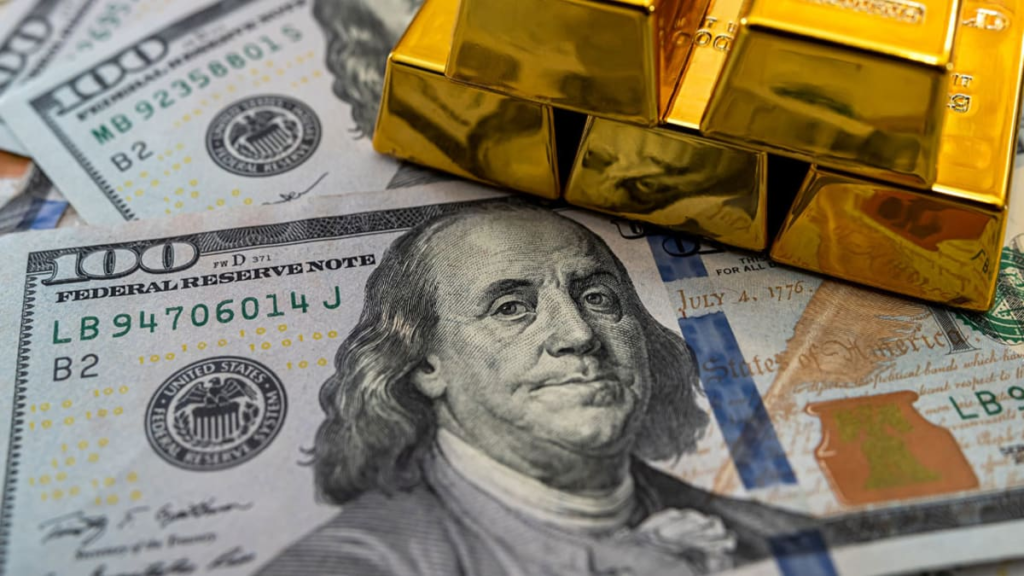
The dollar on Friday tumbled to its lowest level in three years. That’s the opposite of what you’d expect when tariffs are put in place.
Typically, tariffs increase the value of a country’s currency because they encourage locals to buy locally made goods rather than imported alternatives, which makes their money stretch further than it would be with other currencies.
But currency traders have sold off the dollar, because they believe America will bear the brunt of Trump’s trade war fallout and end up comparatively weaker than before tariffs were put in place.
The dollar on Friday hit its lowest level against the euro since 2022. After plunging by 2% on Thursday, the dollar index, which measures the dollar against a basket of currencies, experienced its worst single-day decline since 2022, and it fell by 0.9 percent on Friday. Those are massive moves in currency trading world.
“Investors and central banks are selling Treasuries and dollars due to a loss of confidence and credibility in American assets,” said Joe Brusuelas, chief economist RSM. “The cost of financial chaos is high.”
Meanwhile, gold prices surged above a record high $3,200 a troy ounce on Friday. This year, gold is up more than 23%, and it just had its best quarter since 1986. The yellow metal is considered a safe haven amid economic and political uncertainty.
Trade deals.

Despite financial markets casting enormous doubt that the Trump administration can salvage the opportunity it created for itself to strike bilateral trade agreements with all 150 countries around the world, the Trump administration remains optimistic.
This week, Treasury Secretary Scott Bessent stated that over 70 nations have requested a meeting with US officials to negotiate a solution that could free them from Trump’s punitive tariffs. Although the administration has provided few details of which countries it is negotiating with, it said it would favor allies like South Korea and Japan first.
Chinese leader Xi Jinping attends a bilateral meeting with Spanish Prime Minister Pedro Sanchez at Diaoyutai Guest House in Beijing on Friday.
In the most recent escalation of the trade war, Xi declares that China is “not afraid” as Beijing raises tariffs on US goods to 125%.
But trade deals are incredibly complex arrangements usually negotiated over the course of years, not months. China, the world’s largest exporter, remains the elephant in the room even if Trump were to negotiate trade with all of those nations over a short period of time, whether through full agreements or letters of agreement that establish a framework for a deal.
China responded on Friday with its own 125% tariffs in response to the US’s current minimum 145% tariffs on China. Both sides have stated that they are not eager to back down because that will cause enormous damage to the two largest economies in the world.
China has consistently said it is open to negotiations, but wants to do it in a way in which it will be respected. According to a source familiar with the discussions, China has ignored America’s warnings not to raise tariffs.
In the meantime, economists have been unmoved by Trump’s sudden change in tune. Wall Street economists have argued that while negotiated trade agreements would undoubtedly be beneficial to the economy, the majority of the harm has already been done. And punishing 10% universal tariffs remain in place, as do 25% tariffs on autos, 25% tariffs on some goods from Mexico and Canada, and 25% tariffs on steel and aluminum.
That’s why JPMorgan and Goldman Sachs say the likelihood of the United States and the global economies going into a recession this year are basically a coin flip.


